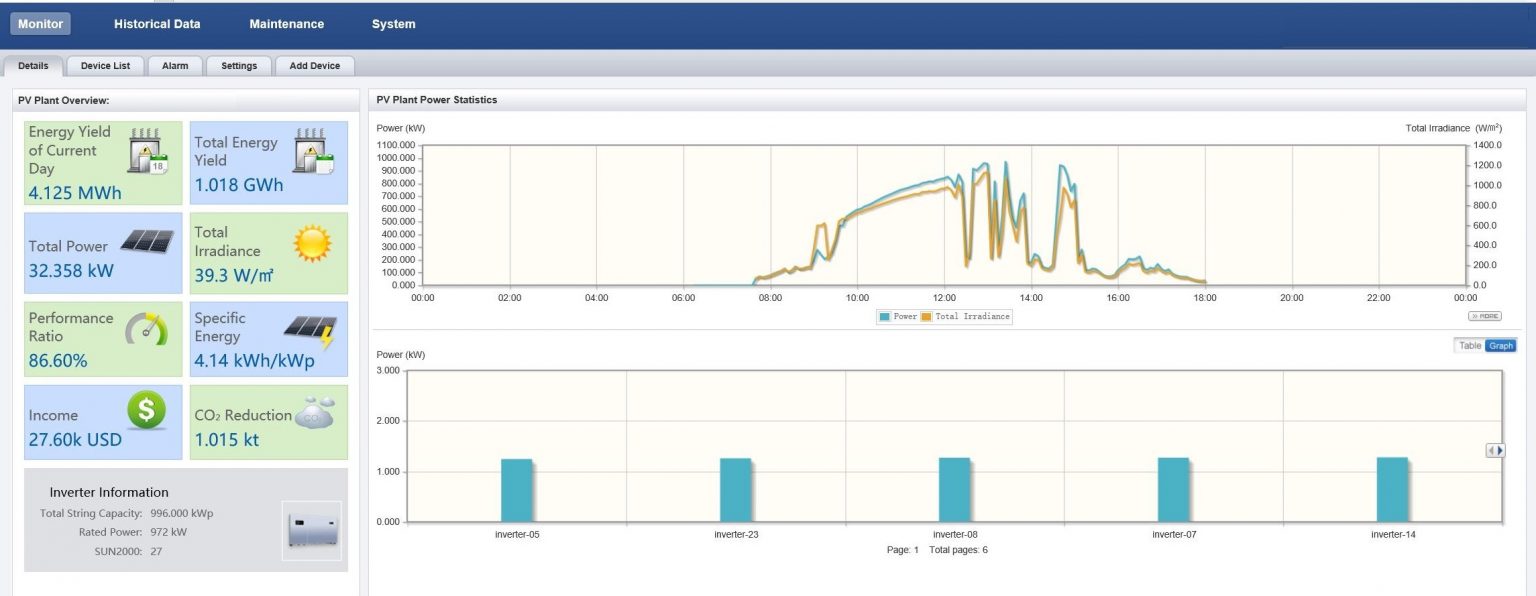Photovoltaic (PV)monitoring systems collect and analyze parameters measured by sensors in the PV system for performance monitoring. An effective monitoring system is essential to ensure the reliable and stable operation of any PV system. All modern PV Plants use these sensors and monitoring systems.

1. Why is This Necessary?
There may be different reasons for using performance monitoring systems and these can be listed as follows.
- Comparison of PV system performance with design expectations and guarantees;
- Determination of performance trends in the PV system
- Location of possible defects in the PV system
- Comparison of PV systems in different configurations
- Comparison of PV systems in different locations
These various objectives lead to different requirements. Thus, the sensors and analysis methods to be used in the PV monitoring system will vary depending on these objectives.

The monitoring system can be adapted to the size of the PV system and the needs of the user. In general, larger and more expensive PV plants should have more monitoring points and higher accuracy sensors than smaller and lower-cost PV plants. In “Part 1: Monitoring” of “IEC 61724 Performance of Photovoltaic Systems” standard, three classifications of monitoring systems with differentiated requirements are defined, taking into account the size of the PV plant and the user targets.
2. Classification of the Monitoring System
Monitoring systems are divided into three classes according to the IEC 61724-1 standard as “Class A, Class B, Class C” or “High accuracy, medium accuracy, basic accuracy” as shown in Table1. Class A or Class B monitoring systems are more suitable for large PV plants, while Class B or C monitoring systems are more suitable for smaller systems such as small commercial and residential installations. However, users can specify any classification for their application, regardless of the size of the PV plant.
| Applications | Class A High Accuracy |
Class B Medium Accuracy |
Class C Basic Accuracy |
| Performance evaluation of the basic system | X | X | X |
| Documentation of the performance guarantee | X | X | |
| System loss analysis | X | X | |
| Electrical network Interaction Assessment | X | ||
| Fault localization | X | ||
| PV technology assessment | X | ||
| Precise PV system degradation measurement | X |
Table 1 – Monitoring System Classifications and Suggested Applications
As per the determined objective, the monitoring system installed in the PV Plant should be audited periodically. Class A, Class B monitoring systems should be inspected at least once a year, preferably more frequently, while class C monitoring systems may be inspected at intervals determined by site-specific requirements. The inspection should check for damage or displacement of sensors, moisture or insect residue in enclosures, wiring losses in sensors or enclosure, separation of temperature sensors, embrittlement of inserts, and other potential problems.
